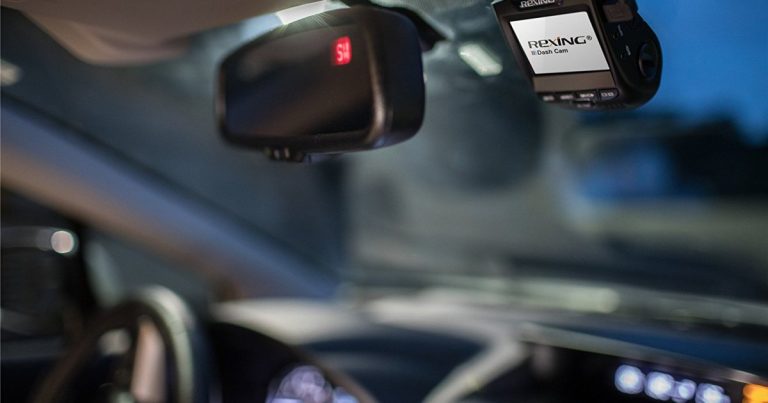Rise of the Plug-ins: Why Electric-Hybrid Cars Are Gaining Popularity and Here to Stay

The Numbers
Are Electric Cars Really Losing their Luster?
You may have heard that electric car sales have slowed down a bit, and it’s true that some have even made the switch to hybrid vehicles. But don’t count out electric vehicles just yet! In fact, according to a recent report from TrendForce, global sales of EVs grew 3.9% year-over-year as of the third quarter of 2024.
But what about plug-in hybrids? It turns out that their sales have been growing even faster, with a 55.3% increase over the same period. So, what’s behind this surge in popularity?
Why Are PHEVs Growing So Quick?
One reason is that PHEVs are seen as a less intimidating option for buyers who are still getting used to the idea of electric vehicles. With the added convenience of being able to use a gas engine when needed, PHEVs can offer the best of both worlds. "Hybrid sales are growing due to general consumer confusion about electric vehicles, like charging infrastructure and tax credits," says David Boice, co-founder and CEO of Team Velocity. "Until then, hybrids will remain a key step in the journey toward a fully electric future."
But it’s not all about buyer skepticism. Many are drawn to PHEVs simply because they want the benefits of electric vehicles without the drawbacks. "Consumers want the benefits of electric without the drawbacks," says Jon Vorisek, founder of Repair Surge. "A buyer might not be ready to go full charging station, but a boost in fuel efficiency is always welcome."
The Best/Worst of Both Worlds
But let’s be honest, PHEVs are not without their limitations. They can be a bit of a hybrid Hell. "If you’re a carbuyer curious about PHEVs, then it’s worth knowing that while they can represent the best of both gas-powered and BEVs, they can also represent the worst of them," says David.
For instance, PHEVs usually have an electric range of between 25 and 50 miles, which isn’t a lot. This means that if you want to use them in all-electric mode frequently, you’ll need to charge them often. And let’s face it, not everyone has access to reliable charging infrastructure.
On the other hand, if you can charge at home or at work, a PHEV can be a great option. You can use it like a BEV for most of your daily driving, and then switch to hybrid mode for longer trips. It’s the best of both worlds, but only if you have a reliable charging setup.
So, are PHEVs here to stay, or are they just a stopgap measure before we all go full electric? According to Vorisek, "Hybrid vehicles are a convenient middle ground for buyers who aren’t ready for a fully electric vehicle, but the end state is probably a fully electric fleet. It’s just a matter of time."






